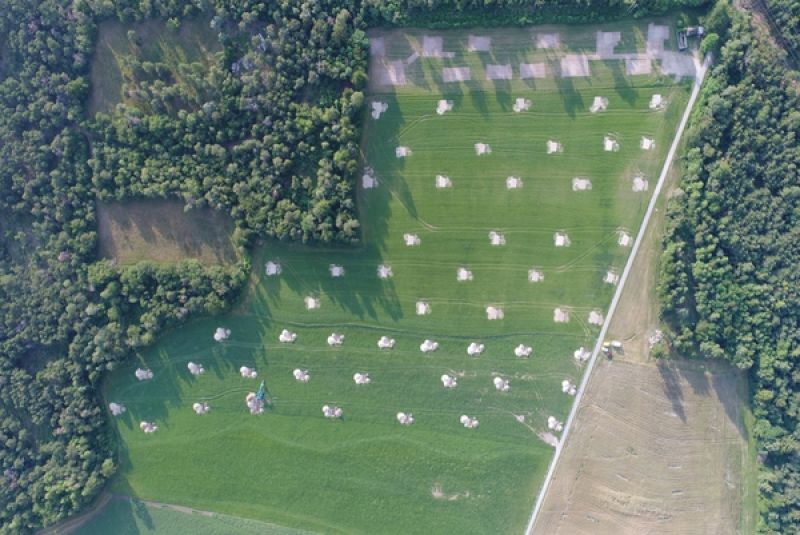News from the farm
A9 Archeology – First findings from the 492 probes
Archaeological preliminary investigations
The responsible archaeologists from FEDRO and the canton have decided to sound out the potentially interesting locations before construction begins, so as not to interfere with the actual construction work on the A9 motorway later on. The first excavations have therefore been carried out around the Mörderstein since 2000, as well as in the Pfyngut and Susten Ost area. As a result of these excavations it could be shown that humans had already settled the valley floor since the Mesolithic (Middle Stone Age). As part of the project, larger areas are temporarily used as interim storage for excavated and excavated material. In order not to damage any archaeologically interesting sites through these interim storage facilities, the entire area was explored by means of small excavations.
First findings from the 492 probes
Last year, rectangular fields were excavated at a depth of 2 m at 492 locations across the Pfyngut as far as Gampinen. in order to meet the legal requirements for the preventive archeology of future construction sites. The first results are now available.
Those in charge of the department for structural engineering, monument preservation and archeology around the canton archaeologist Caroline Brunetti came across positive results mainly in the area of the Pfyngut. Wherever they came across the remains of walls from former buildings, the archaeologists will carry out more detailed investigations several months before the start of construction (see map above in PDF). The locations are marked on the map as red circles. Agriculture has been practiced at the level of the Pfyngut for 2000 years. An important international trade route through the Pfynwald has been documented since the 12th century, which led past the village of Pfin, which has since disappeared. In the Pfyngut area, archaeological finds show that the area was cultivated very early on. Earlier excavations came across a Roman road from the 12th Century. The experts were able to date the creation of the hamlet of Pfyngut to around the year 1000. It burned down completely in 1799. Remnants of the wall can be discovered from the nearby village of Pfin. During the exploratory excavations, objects from the Middle Ages were found: for example an iron bell, tools or elements of jewelry (see pictures in the PDF).
